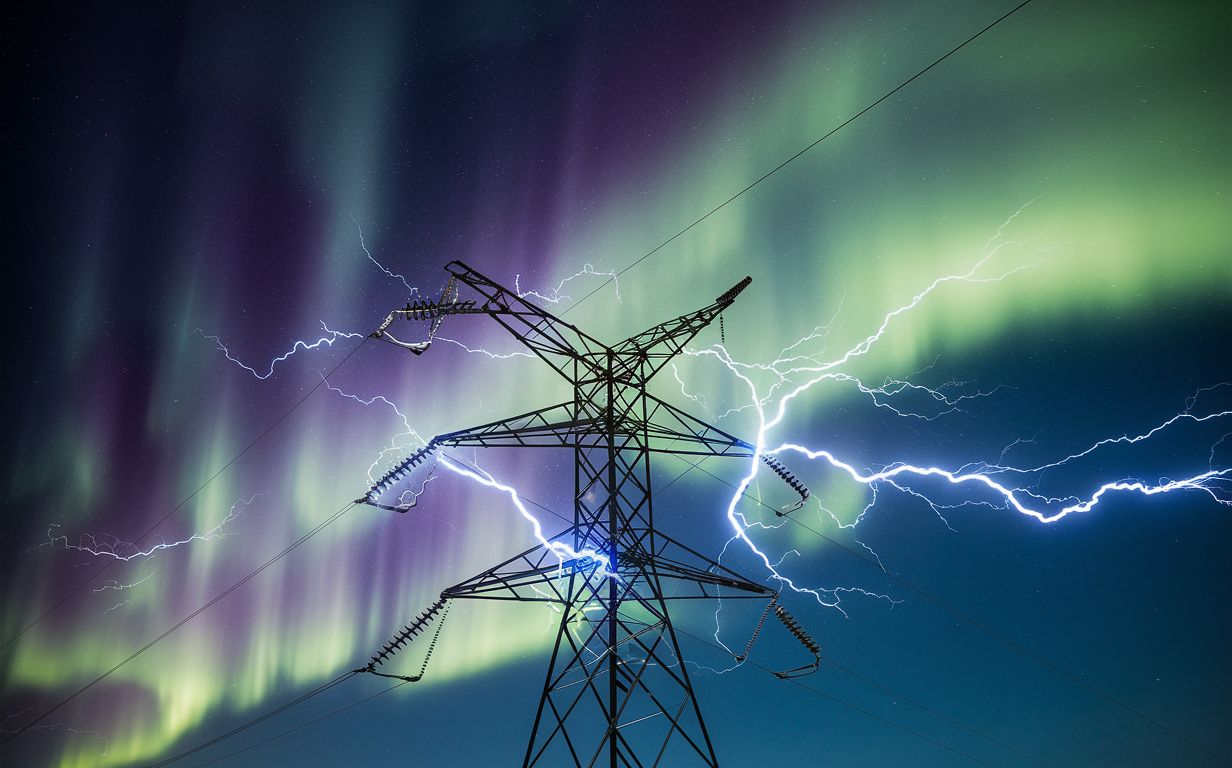This danger to our civilization hidden in the northern lights
Published by Adrien,
Source: Frontiers in Astronomy and Space Sciences
Other Languages: FR, DE, ES, PT
Source: Frontiers in Astronomy and Space Sciences
Other Languages: FR, DE, ES, PT
Follow us on Google News (click on ☆)

A recent study in Frontiers in Astronomy and Space Sciences reveals that the angle of impact of interplanetary shocks, caused by sudden and intense variations in the solar wind, is crucial for determining the strength of induced geomagnetic currents. This paves the way for predicting and protecting critical infrastructure. According to Dr. Denny Oliveira from NASA, the auroras indicate the presence of electrical currents in space, capable of generating ground currents that can severely damage infrastructure.
In March 1989, a severe geomagnetic storm caused a major power outage in Quebec, illustrating the devastating effects of induced currents. However, even weaker and more frequent events warrant attention as they regularly produce significant geoelectric currents.
Frontal shocks, in particular, compress the magnetic field more, inducing stronger currents. Scientists examined these currents based on the angle and time of the shocks, using data from interplanetary shocks and current measurements taken on a natural gas pipeline in Finland.
The results show that more frontal shocks cause higher current spikes immediately after impact and during the subsequent substorm, especially around magnetic midnight. More moderate currents are observed around local dusk, while the most intense occur at midnight.
Predicting the angles of these shocks would help protect power grids before the strongest impacts. Oliveira suggests that grid operators could manage certain electrical circuits in case of an alert to preserve their equipment.
Although the study is limited by geographical and temporal data, it highlights the need for broader access to data from global power companies for better understanding and protection against these phenomena.